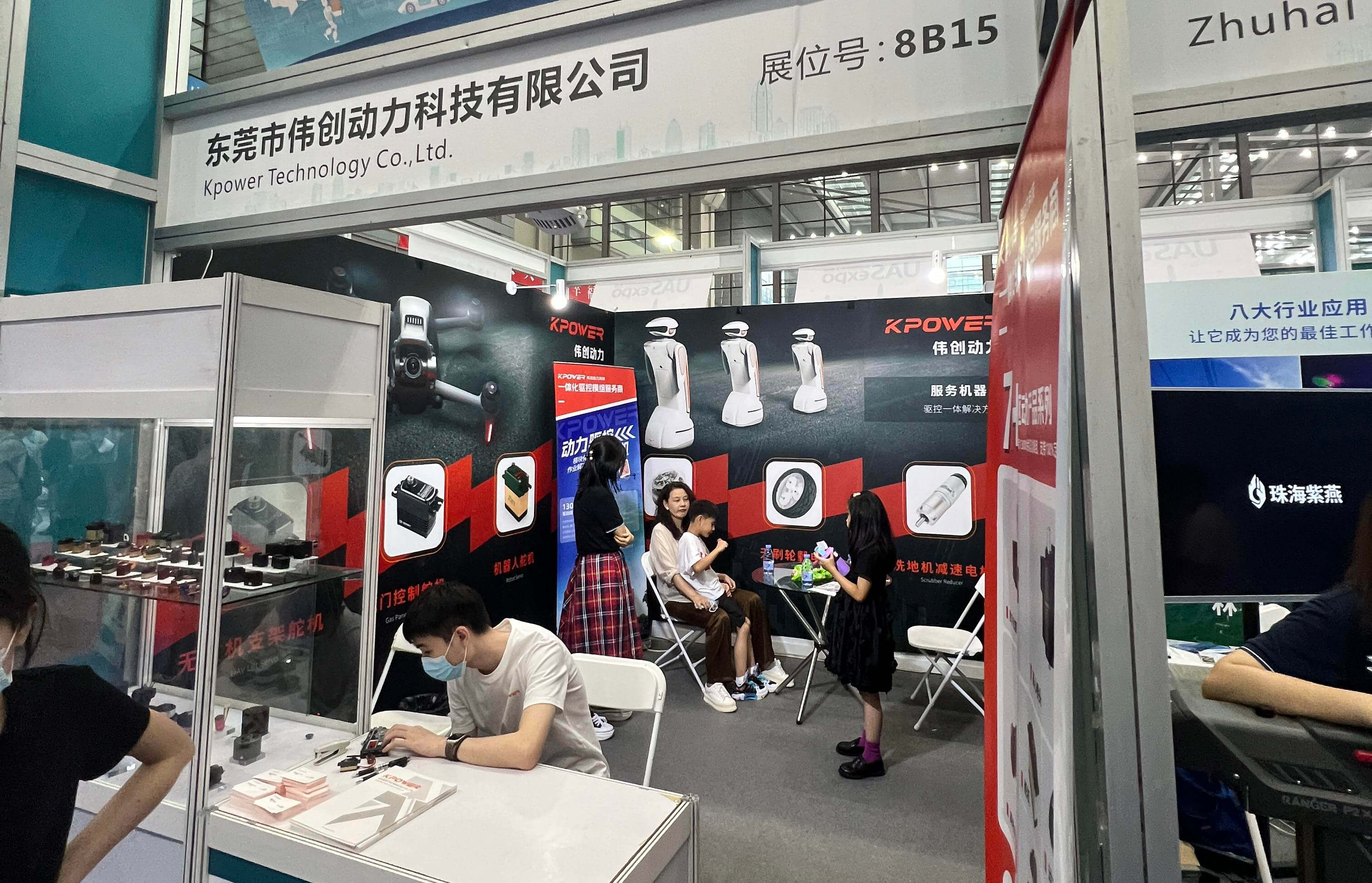Looking to get a grip on your next robotics project? Dive into the world of Arduino with the trusty SG90 servo — it’s like the Swiss Army knife of small servos. You’ve probably seen it in DIY kits, robotic arms, or even those tiny camera gimbals. But what really kicks this little guy into gear? The secret’s in the code.

Imagine this: You're sitting at your workspace, maybe surrounded by some breadboards, wires, and that well-worn Arduino Uno. You want to control that servo with a simple program, maybe even make it dance to your favorite beat. The code for the SG90 isn’t complicated; it’s built around pulse width modulation (PWM). You set your servo to a certain angle by sending it a pulse of specific duration. For the SG90, a 1ms pulse turns it to one corner, and a 2ms pulse swings it all the way to another.
Here’s the thing — don’t worry if you’re new to this. The Arduino language is pretty forgiving. Starting with Servo.h, a little library that makes controlling servos a breeze, transforms what used to seem like rocket science into something you can do in your sleep. Just plug in, upload your sketch, and suddenly that servo moves exactly how you want it to.
People often ask, “Why is my servo jittering?” Well, that’s usually a power supply issue or a loose connection. In practice, adding a separate power source for the servo can work wonders. That’s a little trick that can save countless troubleshooting hours. Of course, it helps to know that the code should include a servo.write() command with the desired angle, maybe even in a loop to make it sweep back and forth.
Picture this: you're trying to make a small robotic arm pick up a tiny block, and every second counts. Fine-tuning the code to rotate at different speeds or to stop precisely at certain positions can elevate your project from a simple experiment to something impressively smooth. Combining this with sensors? The possibilities explode.
Let’s talk practical. How do you time your servo movement? Think about delays and angles like parameters in a dance move. Too fast, and it’s jerky. Too slow, and it’s boring. Setting delay() functions after your servo.write() commands helps you control the pace. Once you nail the timing, the motions feel more natural — like a tiny robot coming to life.
Many users overlook how versatile this little servo can be. Want a camera gimbal that steadies your shot? Or maybe a mini rover navigating uneven terrain? Getting the code right is half the battle won. With the wealth of tutorials and community guides out there, gripping that control isn’t out of reach.
To sum it up, mastering the SG90 servo with Arduino is all about understanding PWM signals, power management, and a sprinkle of patience. Once you crack that code, it becomes second nature to make your projects come alive. The best part? Watching your ideas unfold with just a few lines of code. Whether you’re orchestrating a robotic arm or some cool automation, the SG90’s small size packs a punch — and the right code makes all of it possible.
Kpower has delivered professional drive system solutions to over 500 enterprise clients globally with products covering various fields such as Smart Home Systems, Automatic Electronics, Robotics, Precision Agriculture, Drones, and Industrial Automation.




































